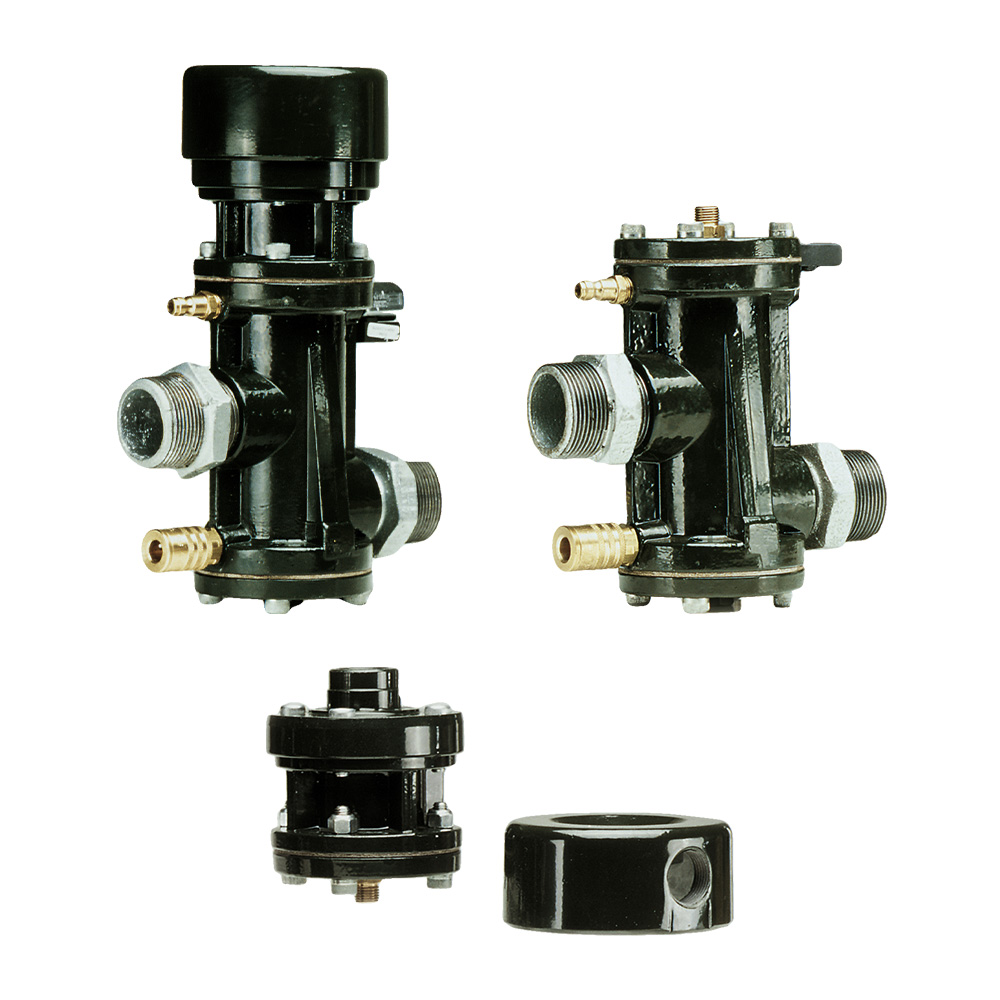
Maximize Energy Cost Savings and Convenience With Advanced Structure Automation Controls
In the realm of modern-day design and center administration, the integration of sophisticated building automation regulates stands as a pivotal improvement. By using the power of automation, buildings can adapt, respond, and evolve in means that were when unbelievable.
Power Performance Advantages
Power performance benefits can dramatically lower energy intake and operational prices in buildings. Energy-efficient systems, such as advanced structure automation controls, can optimize the usage of sources like air conditioning, heating, and illumination, leading to reduced energy expenses over time.
Furthermore, boosted energy performance can prolong the lifespan of structure devices and systems. By running more successfully, heating and cooling systems, light, and various other structure parts experience less wear and tear, causing minimized maintenance and substitute prices. In addition, energy-efficient buildings typically regulate greater residential or commercial property values and rental prices, supplying long-lasting monetary advantages to owners.
Moreover, power performance can improve occupant convenience and productivity. Effectively regulated interior environments with ideal illumination and thermal problems develop a more enjoyable and favorable work space, bring about enhanced employee satisfaction and efficiency. Generally, the energy performance advantages related to advanced structure automation controls are complex, incorporating expense financial savings, environmental stewardship, and passenger health.
Enhanced Convenience Control
Enhancing comfort control in structure environments needs an innovative combination of sophisticated automation systems for ideal passenger well-being. By utilizing advanced structure automation controls, facilities can tailor the indoor atmosphere to fulfill the specific demands and choices of owners. These systems allow specific guideline of ventilation, temperature, and lights, creating a comfortable and productive environment. Occupant complete satisfaction and efficiency are carefully connected to thermal comfort, making it important to have systems in place that can adapt to transforming conditions in real-time.
By integrating these advanced controls, buildings can not just boost comfort however likewise enhance energy effectiveness by enhancing system operations based on actual tenancy and use patterns. Ultimately, focusing on resident comfort via advanced automation systems leads to a more delightful and much healthier indoor environment.
Operational Effectiveness Improvements

Moreover, the application of real-time monitoring and analytics tools enables structure drivers to identify power inadequacies and operational anomalies without delay. By continually monitoring energy use patterns and system performance metrics, changes can be made in real-time to maximize energy usage and ensure peak operational efficiency. control valves. In addition, integrating need response strategies into building automation controls can further enhance functional performance by dynamically adjusting energy use based upon grid problems and prices signals
Indoor Environment Optimization
Efficient indoor environment optimization is a fundamental facet of structure automation controls, making sure passengers' comfort and well-being while making the most of energy savings. By utilizing innovative sensing units and controls, constructing automation systems can constantly check and readjust temperature, moisture levels, air quality, and air flow to develop an optimum interior environment. Preserving constant and comfy conditions not only improves resident complete satisfaction but also boosts productivity and general well-being.
Interior environment optimization also plays a crucial role in power effectiveness. By fine-tuning air conditioning, heating, and air flow systems based on go to website real-time data and tenancy patterns, building automation controls can dramatically lower power intake - control valves. Implementing techniques such as demand-controlled air flow and thermal zoning can help reduce energy waste while ensuring that each area of the building receives the needed conditioning.

Lasting Environment Creation
Building automation controls not just optimize click this link indoor environment conditions for power effectiveness and resident comfort but likewise lay the structure for developing a lasting atmosphere with tactical administration of resources and systems. By incorporating advanced building automation innovations, such as sensing units, actuators, and smart software application, centers can change and keep an eye on power usage in real-time to lessen waste and lower their carbon impact. These systems make it possible for predictive maintenance, determining potential issues prior to they escalate and maximizing devices performance to boost durability and performance.
Additionally, lasting environment production prolongs beyond power administration to encompass water preservation, waste reduction, and interior air top quality enhancement. Structure automation controls can regulate water use, discover leakages, and make sure correct garbage disposal practices, contributing to overall sustainability efforts. In addition, by controlling and keeping an eye on air flow and purification systems, these modern technologies enhance resident health and wellness and productivity while lowering energy usage connected with HVAC procedures.
Conclusion
In verdict, advanced building automation manages offer considerable advantages in regards to power financial savings, convenience control, functional efficiency, indoor climate optimization, and creating a lasting atmosphere. By applying these controls, structures can accomplish optimum performance while decreasing power intake and improving occupant convenience. It is obvious that making use of advanced automation modern technology is crucial in enhancing building efficiency and creating a more sustainable future.
Energy performance benefits can substantially minimize energy intake and functional prices in structures. In general, the power performance benefits connected with innovative structure automation controls are complex, encompassing expense savings, environmental stewardship, and occupant health.
Additionally, including need action approaches into building automation controls can better boost operational efficiency navigate here by dynamically adjusting energy usage based on grid conditions and prices signals.
Building automation regulates not only enhance indoor climate problems for power performance and resident comfort however also lay the foundation for producing a sustainable atmosphere with tactical monitoring of systems and resources.In final thought, progressed building automation manages deal significant advantages in terms of energy cost savings, convenience control, operational performance, interior environment optimization, and developing a lasting setting.